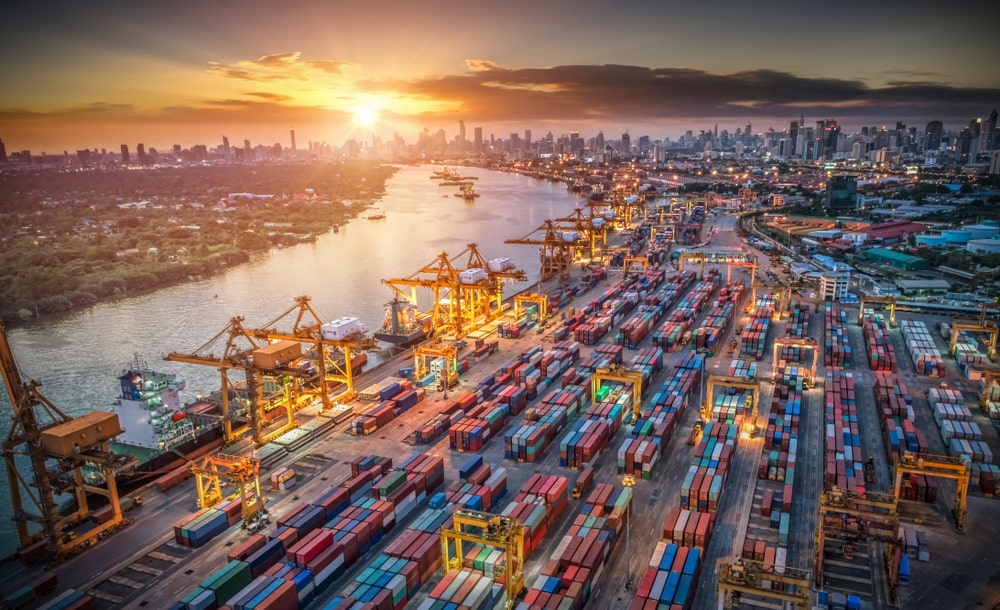
Supply chain issues will be here for a long time, despite port congestion easing, is the view of new insight research by S&P Global Market Intelligence.
The COVID-19 pandemic had brought severe and constant disruption to global containerised trade - Chinese COVID lockdowns, Suez Canal blockage, historic port backups and labour strikes – all of which combined to deliver unparalleled levels of disruption not seen in the history of containerised trade.
It is the view of this research that supply chain risk, which pre-pandemic was lower, will now remain at this elevated level for many years to come.
Also, trust in global supply chains, according to the research, is very low for many corporations, particularly those managing global supply chains, which have experienced delays in receiving items via sea in recent years.
This is particularly acute for industries involved in “just-in-time” manufacturing, such as the car industry.
In this new environment, the blog notes, many firms will be forced to maintain higher inventory levels, planning longer product lead times, meaning that there would be a longer gap between when a product is designed and when it is available on the market.
This creates a series of risks, the major one being that by the time something is designed and produced, the initial demand for the product may have disappeared.
Alternatively, many firms could turn to air freight, but this comes at a cost, as according to the research, air freight is “70 times the cost of ocean freight on a per-unit basis”. Costs that are passed onto the consumer too, which given that global inflation is at record levels, would be unwelcome for policymakers.
Geopolitical risk, in the wake of Russia’s invasion of Ukraine and tensions over Taiwan, is a major concern for firms and indeed nations managing supply chains, as it highlights areas of vulnerability.
For example, 40% of US containerised imports originate from mainland China, according to S&P Global Market Intelligence. This has led to a rise in “friend shoring”, where countries trade with nations that are allied with them, reducing the impact of disruption.
Climate change, the blog notes, is also increasing the frequency of severe weather events which can disrupt cargo movements.
During the COVID-19 pandemic, all industrialised nations suffered from capacity issues, as global demand soared creating back-ups at major ports.
The US, despite having serious port capacity issues has not, the blog notes, made any significant investment in new port capacity, even though containerised trade is expected to grow in the coming years. The most recent US Marine terminal opened in Charleston, South Carolina in 2021, making it the first new facility in the US in over a decade.
Unfortunately, it seems for consumers, firms and their (re)insurers, that global supply chain issues have not disappeared but rather they are going to be here for a long time.